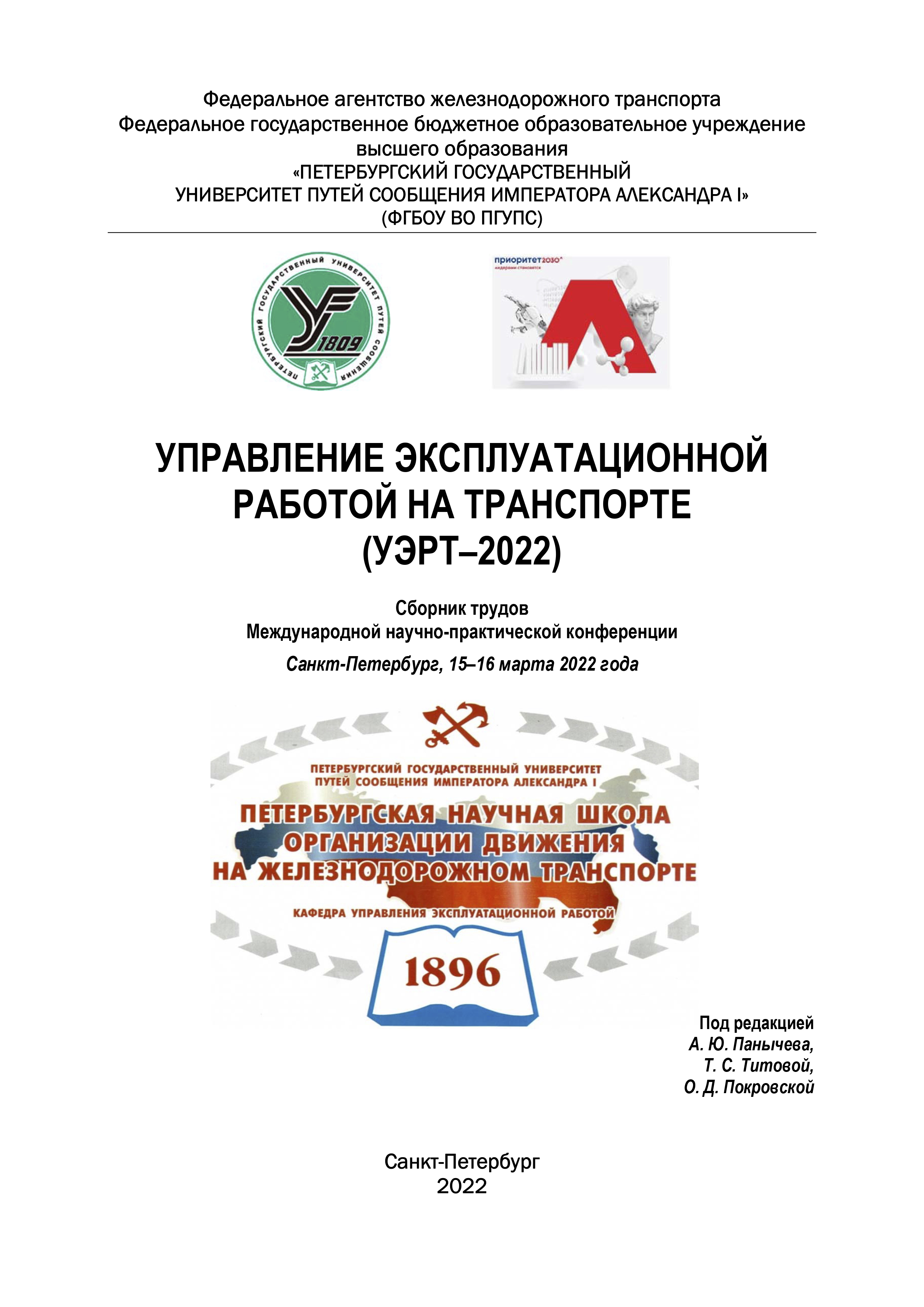At present, to solve the problem of monitoring and assessing the state of railways, it is necessary to involve extensive human resources. The visual inspection system proposed in the article uses images obtained from digital line-scan cameras installed in places of effective observation, and a new method for detecting foreign objects in the context of railway maintenance is proposed. The results obtained in the course of modeling the operation of algorithms for detecting suspicious objects provide an opportunity to estimate the system response time to an incident and generate appropriate alarms
detection of foreign objects, railway tracks, segmentation, classification of objects, reaction time
1. Dwarakanath S. K., Sanjay S. B., Soumya G. B., Arjun V., Vivek R. «Arduino Based Automatic Railway Gate Control and Obstacle Detection System» // International Journal of Advanced Research in Electrical, Electronics and Instrumentation Engineering. - 2016. − Vol. 5, Issue 5.
2. Gonsales R., Vuds R. Cifrovaya obrabotka izobrazheniy Izdanie 3-e, ispravlennoe i dopolnennoe. − Moskva: Tehnosfera, 2012. - 1104 s.
3. Acharya T., Ray A. K. Image Processing: Principles and Applications, John Wiley & Sons Inc., Ho-boken, N. Y., USA, 2005.
4. Fahmi Sh.S. Vydelenie konturov izobrazheniy morskih sudov / Sh.S. Fahmi, N.V. Shatalova i [dr.] // Morskie intellektual'nye tehnologii. − 2019. − № 3(45), T.3. − S.132-143.
5. Nadernejad E., et al. Edge Detection Techniques: Evaluations and Comparisons // Applied Mathematical Sciences. - 2008. Vol. 2. − pp. 1507-1520.
6. Milan G., Ivan T., Danijela-DURRANT C., Vlastimir D., Miloš B., Milica V., Milan S. Advanced thermal camera-based system for object detection on rail tracks // THERMAL SCIENCE: Year 2018. − Vol. 22, Suppl. 5. − pp. 1551-1561.
7. Fahmi Sh.S. Metod porogovoy segmentacii izobrazheniy morskih sudov / Sh.S. Fahmi, S.A. Seliverstov, V.V. Visloguzov, V.V. Krymskiy // Morskie intellektual'nye tehnologii. − 2019. − № 4 (36), T.2. − S.69-79.





